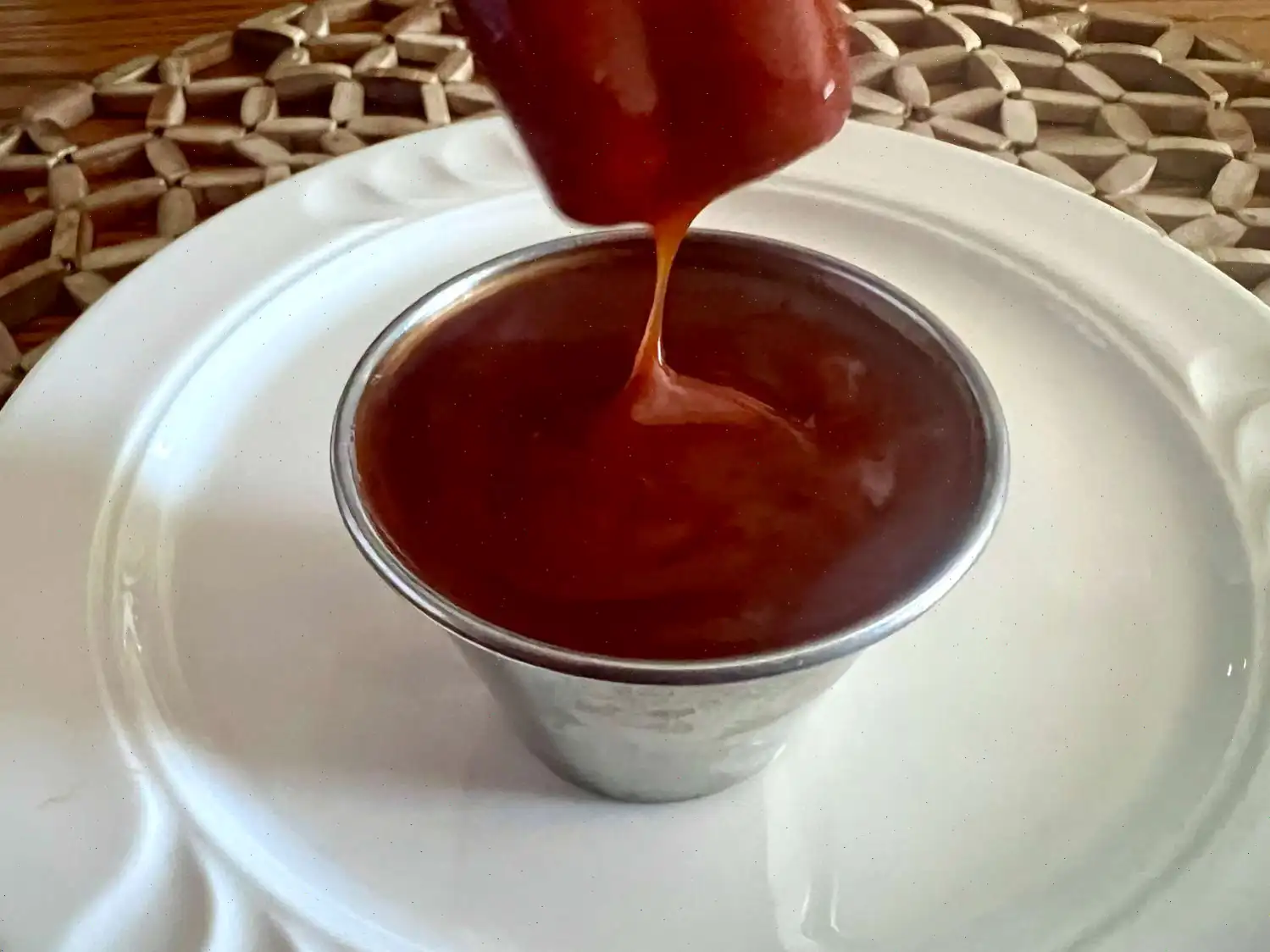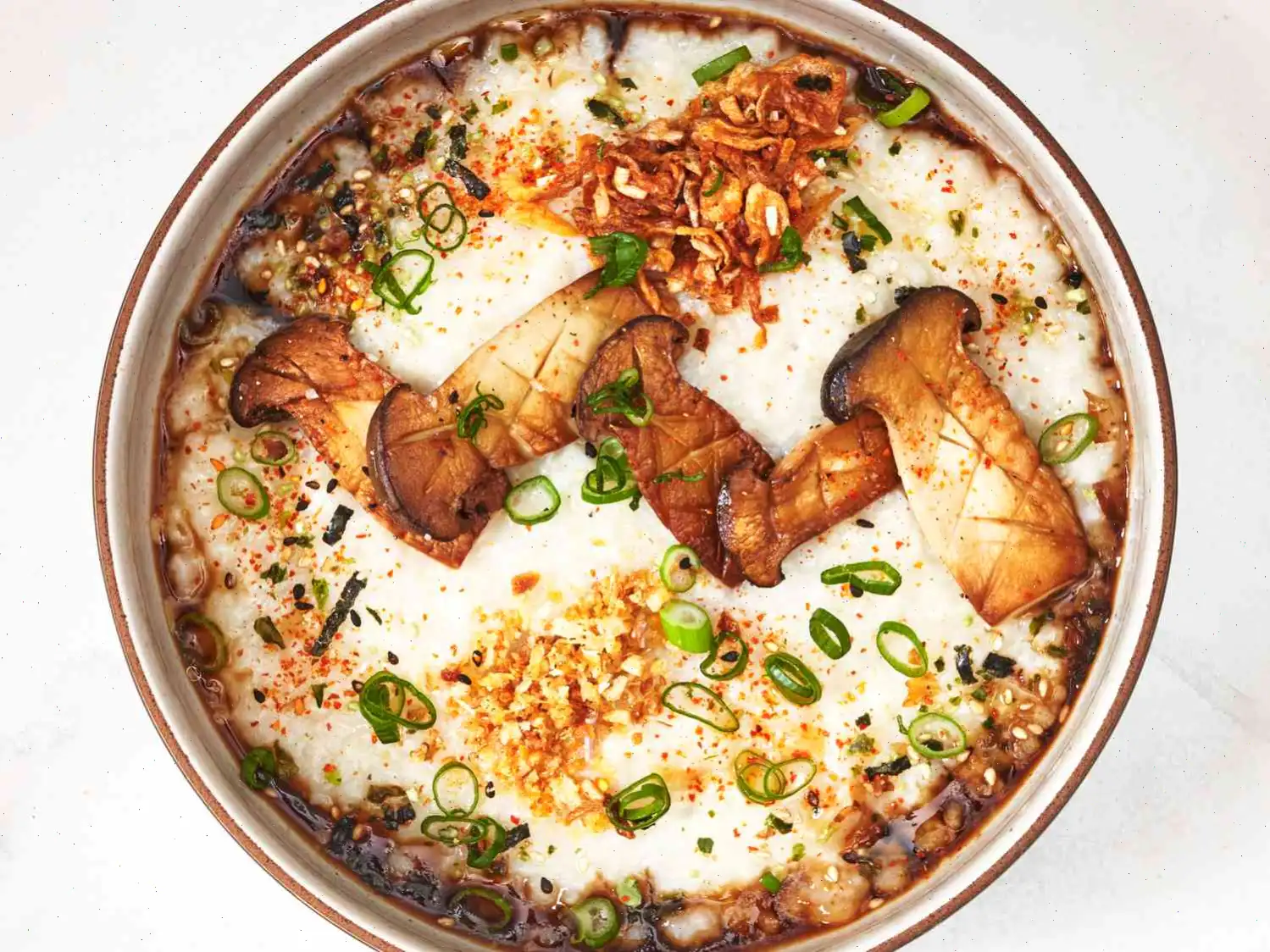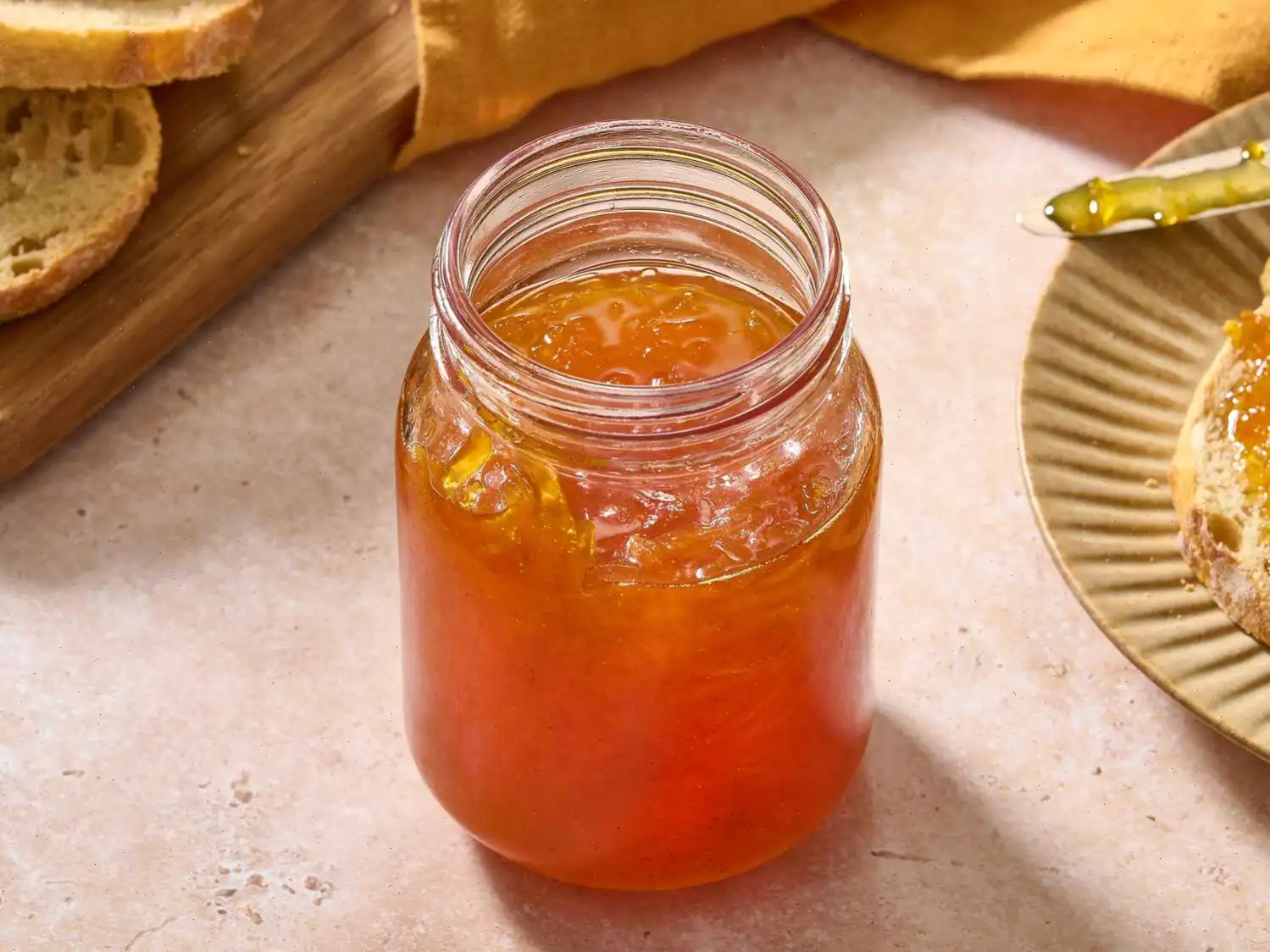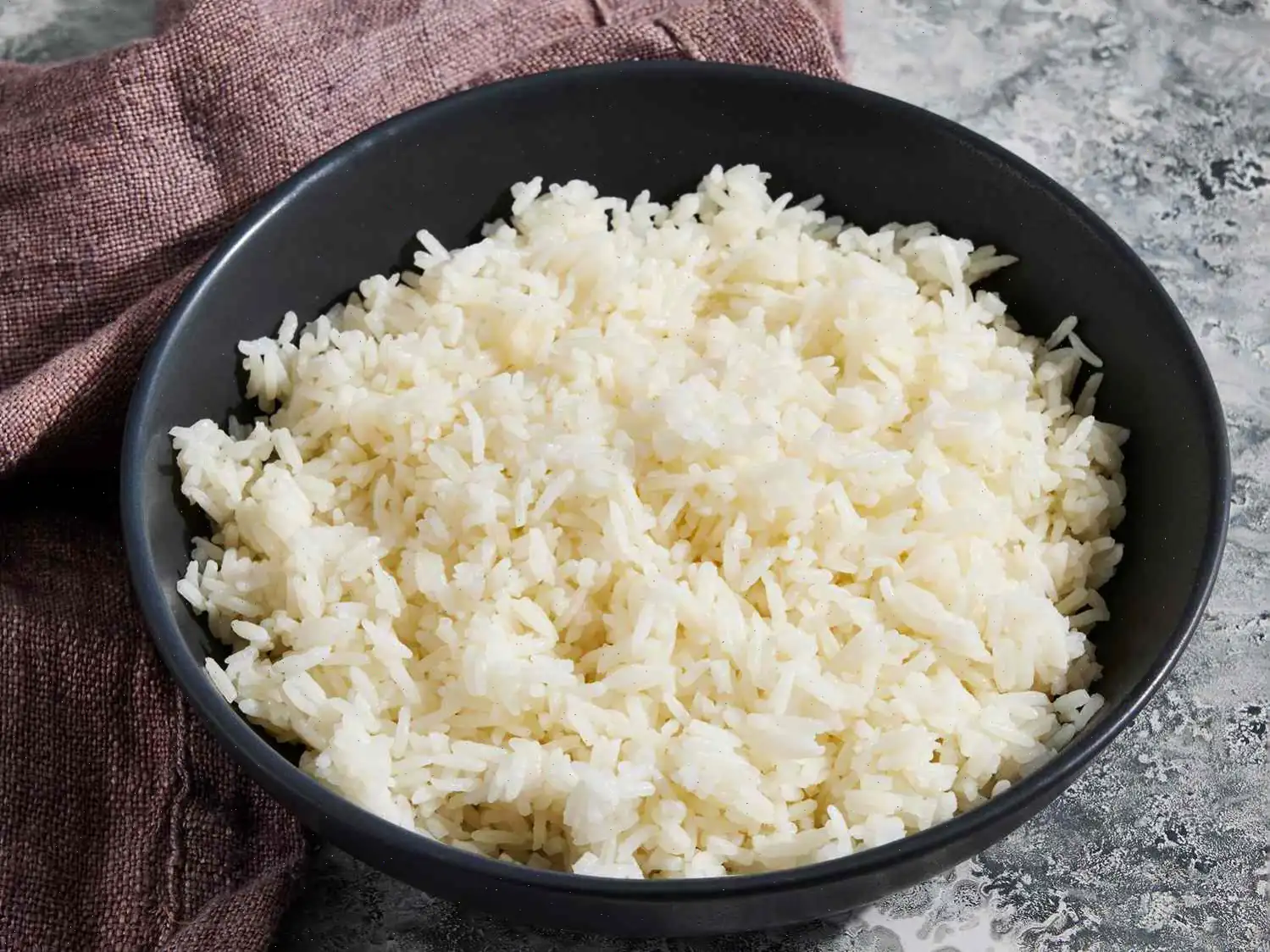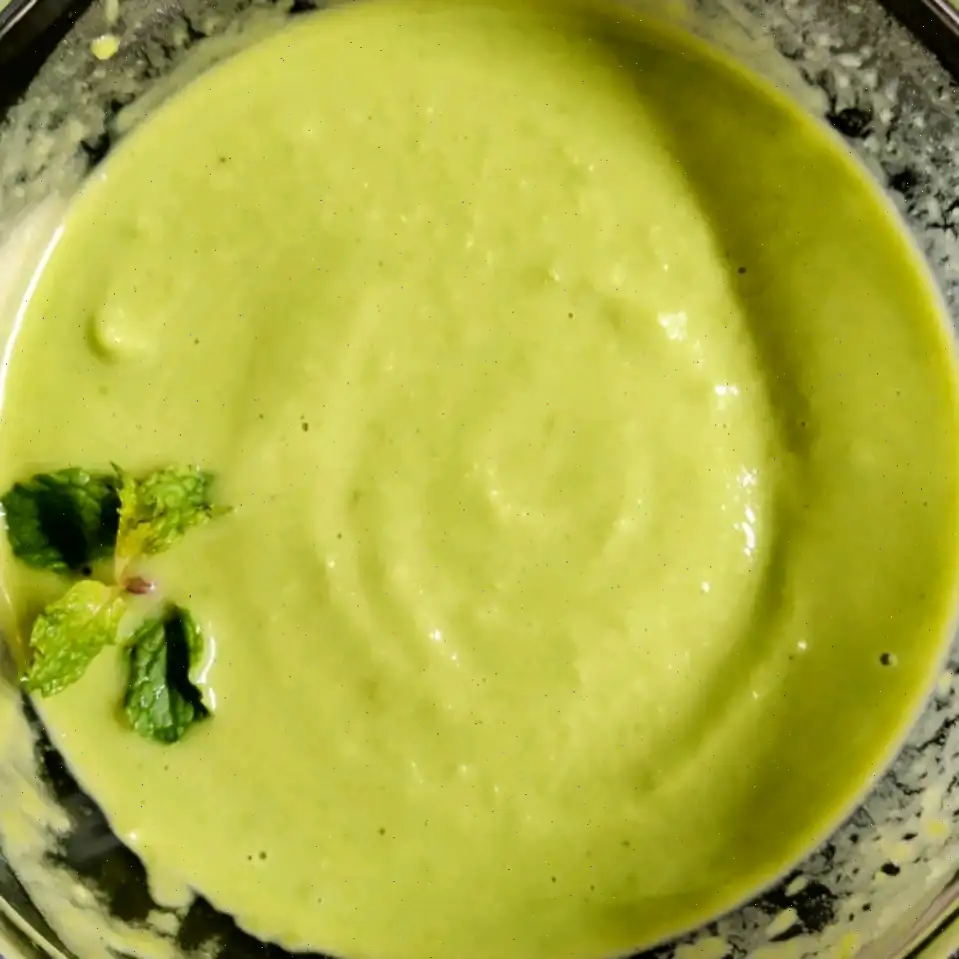
Gochujang BBQ Sauce Recipe
Ingredients
This recipe was developed at its original yield. Ingredient amounts are automatically adjusted, but cooking times and steps remain unchanged. Note that not all recipes scale perfectly.
Original recipe (1X) yields 8 servings.
- 1 tablespoon vegetable oil
- 3 cloves garlic, crushed
- 1 (1 inch) piece fresh ginger, grated
- 1/3 cup gochujang sauce
- 1/4 cup pineapple juice
- 1/4 cup brown sugar
- 1 tablespoon sesame oil
- 1 tablespoon soy sauce
- 2 tablespoons rice wine vinegar
- 1 tablespoon Worcestershire sauce
Directions
Step 1: Heat the vegetable oil in a skillet over medium heat.
Step 2: Add the crushed garlic and grated ginger to the skillet. Cook for about 1 minute, or until fragrant.
Step 3: Stir in the gochujang sauce, pineapple juice, brown sugar, sesame oil, soy sauce, rice wine vinegar, and Worcestershire sauce. Mix well.
Step 4: Let the sauce simmer for 10 minutes, stirring occasionally. Once the flavors meld, remove from heat and set aside.
Nutrition Facts (per serving)
| Nutrition Value | Amount per Serving | % Daily Value |
|---|---|---|
| Calories | 64 | - |
| Total Fat | 3g | 4% |
| Saturated Fat | 0g | 2% |
| Cholesterol | 0mg | 0% |
| Sodium | 170mg | 7% |
| Total Carbohydrate | 8g | 3% |
| Dietary Fiber | 0g | 0% |
| Total Sugars | 7g | - |
| Protein | 0g | 1% |
| Vitamin C | 4mg | 5% |
| Calcium | 11mg | 1% |
| Iron | 0mg | 1% |
| Potassium | 55mg | 1% |
* Percent Daily Values are based on a 2,000 calorie diet. Your daily values may be higher or lower depending on your calorie needs.
** Nutrient information is not available for all ingredients. Amount is based on available nutrient data.
(-) Information is not currently available for this nutrient. If you are following a medically restrictive diet, please consult your doctor or registered dietitian before preparing this recipe for personal consumption.

Author: Yolanda Gutierrez
Preparation Time: 10 minutes
Cook Time: 10 minutes
Total Time: 20 minutes
Yield: 8 servings
Calories per Serving: 64 kcal
Ingredients
- 1 tablespoon vegetable oil
- 3 cloves garlic, crushed
- 1-inch piece fresh ginger, grated
- 1/3 cup gochujang sauce
- 1/4 cup pineapple juice
- 1/4 cup brown sugar
- 1 tablespoon sesame oil
- 1 tablespoon soy sauce
- 2 tablespoons rice wine vinegar
- 1 tablespoon Worcestershire sauce
Instructions
- Heat oil in a skillet over medium heat. Add garlic and ginger and cook until fragrant, about 1 minute.
- Add gochujang sauce, pineapple juice, brown sugar, sesame oil, soy sauce, rice wine vinegar, and Worcestershire sauce. Stir well and simmer for 10 minutes.
- Remove from heat and allow to cool before serving.
Origin Story
The origins of gochujang can be traced back to Korea, where it has been an essential ingredient for centuries. It is a fermented chili paste made from gochugaru (Korean chili flakes), glutinous rice, fermented soybeans, and salt. Gochujang plays a vital role in Korean cuisine, adding depth and spice to a wide variety of dishes. The creation of gochujang BBQ sauce is a modern fusion of Korean flavors with traditional American barbecue, giving a spicy kick to grilled meats.
Regional Variations
While the basic concept of BBQ sauce is universally recognized, the addition of gochujang brings a distinctly Korean twist to the table. In Korea, it is common to find gochujang in marinades for meats such as bulgogi (Korean BBQ beef) or samgyeopsal (grilled pork belly). The combination of sweet, spicy, and umami flavors is tailored to complement both rich meats and vegetables. Regional variations in Korea can include additional ingredients like fermented soybean paste or varying levels of sweetness and spice.
What Sets It Apart?
What differentiates gochujang BBQ sauce from other barbecue sauces is the unique depth of flavor it imparts. Traditional American BBQ sauces tend to focus on a balance of sweetness and tang, while gochujang adds a fiery heat and an earthy umami. The fermentation process of gochujang provides a savory backdrop that sets this sauce apart from more common vinegary or tomato-based counterparts. This fusion makes the sauce particularly versatile on grilled items such as ribs, chicken, burgers, or even fish.
Where It's Typically Served
Gochujang BBQ sauce is often used in Korean barbecue (gogi-gui), a popular method of grilling meat at the table. It is particularly ideal for grilling meats like beef, pork, or chicken, where it can be brushed on during cooking or served as a dip alongside. The sauce is also used in fusion dishes like Korean BBQ tacos or grilled veggie bowls. It's a perfect condiment for any grilled dish, providing a rich, spicy layer of flavor that pairs beautifully with smoky charred meats.
Fun Facts
1. Gochujang is an ancient Korean ingredient, dating back over 1,000 years to the Goryeo Dynasty. Originally, it was used as a form of preservation for meats and vegetables.
2. In addition to its culinary uses, gochujang is sometimes incorporated into traditional Korean medicine, believed to have health benefits like boosting metabolism and improving circulation due to its spicy properties.
3. The popularity of gochujang has grown worldwide, especially as Korean cuisine has gained recognition globally, with gochujang BBQ sauce emerging as a favorite fusion condiment for grilling enthusiasts.


